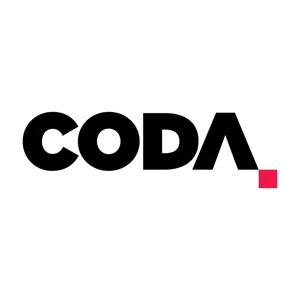Neurologically intact recovery after out-of-hospital cardiac arrest remains dismal. In the United States, an 8% meaningful recovery rate is hopeful at best. The introduction of extracorporeal membrane oxygenation (ECMO) during cardiopulmonary resuscitation (CPR) is not new but has been shown to provide upwards of 27-30% meaningful recovery, when applied to the appropriate patient population. In 2011 we began extracorporeal CPR (ECPR) in our emergency department - a suburban non-academic center in San Diego, California, USA; the results have been very promising. As a result, we also began refining all aspects of resuscitation. What specific things did we change about the way we do resuscitation?
Proper preparation of the resuscitation suite: If we assume the patient will end up on ECMO, then early femoral vessel access is the priority. Traditional paramedic offloading was problematic for many reasons. To address that we:
attempt transfer of the patient from medic gurney to hospital gurney in the ambulance bay, where there is more room.
When ‘CPR ala fresca’ isn’t possible, we bring the patient into the resuscitation room on the right side of the room, which allows the doctor accessing femoral vessels to be sterile-prepped with ultrasound in-hand.
Early femoral arterial transduction to guide the resuscitation
Hemodynamic-Directed Dosing of Epinephrine intra-arrest
Nurse Code-Team Leader: assign the rote elements of the code, the ACLS protocols, to a trained nurse code team leader. This provides physician cognitive offload.
Use a mechanical chest compression device
Use an Impedence Threshold Device:
increases venous return
decreases intracranial pressure (ICP)
increases coronary perfusion pressure (CPP)
Does any of this make a difference? Well, review of CARES data (U.S.-based cardiac arrest registry) shows that the 2014 arrest recovery rate, with meaningful neurologic outcome, at our hospital was almost double that of the nationwide data. And of the 50 patients included in the CARES database for our hospital, only 4 of those were resuscitated with ECPR. Perhaps we are just paying better attention and providing better overall care throughout the resuscitation. Perhaps we can all improve our resuscitation outcomes.
